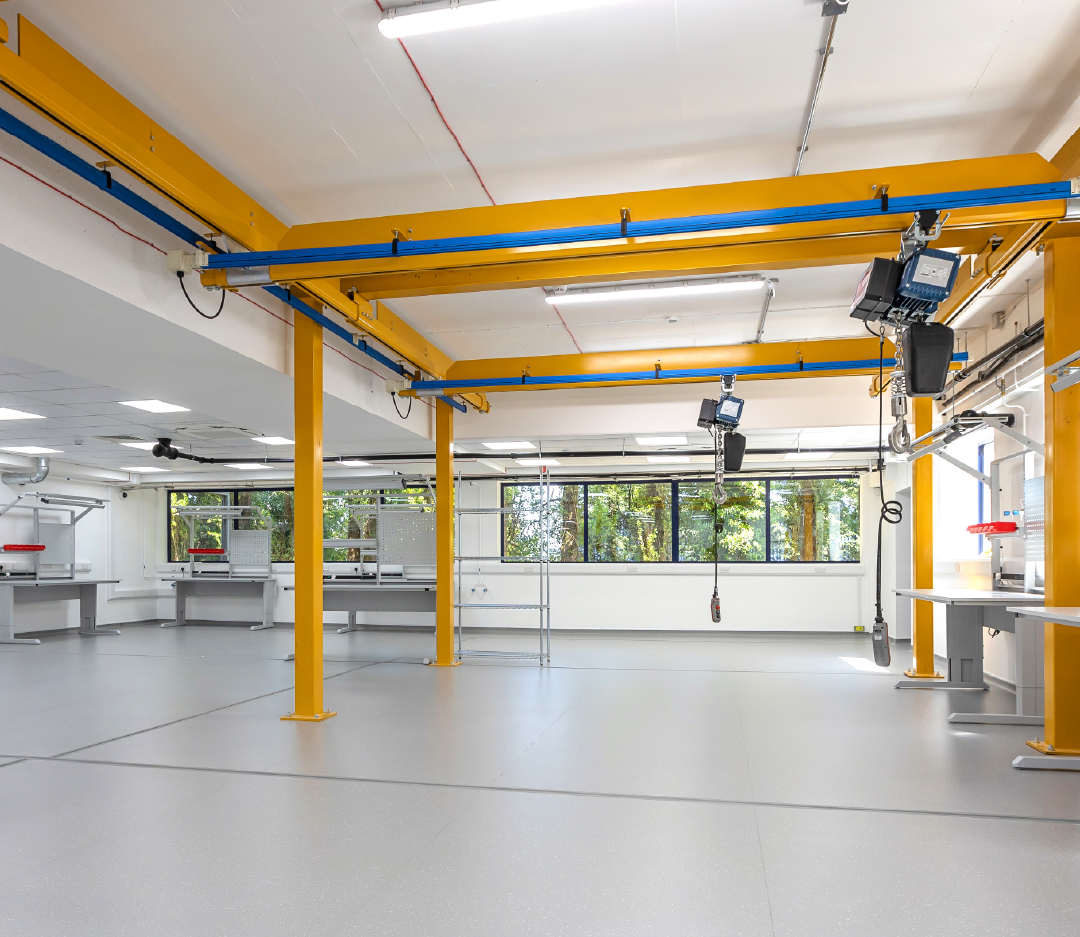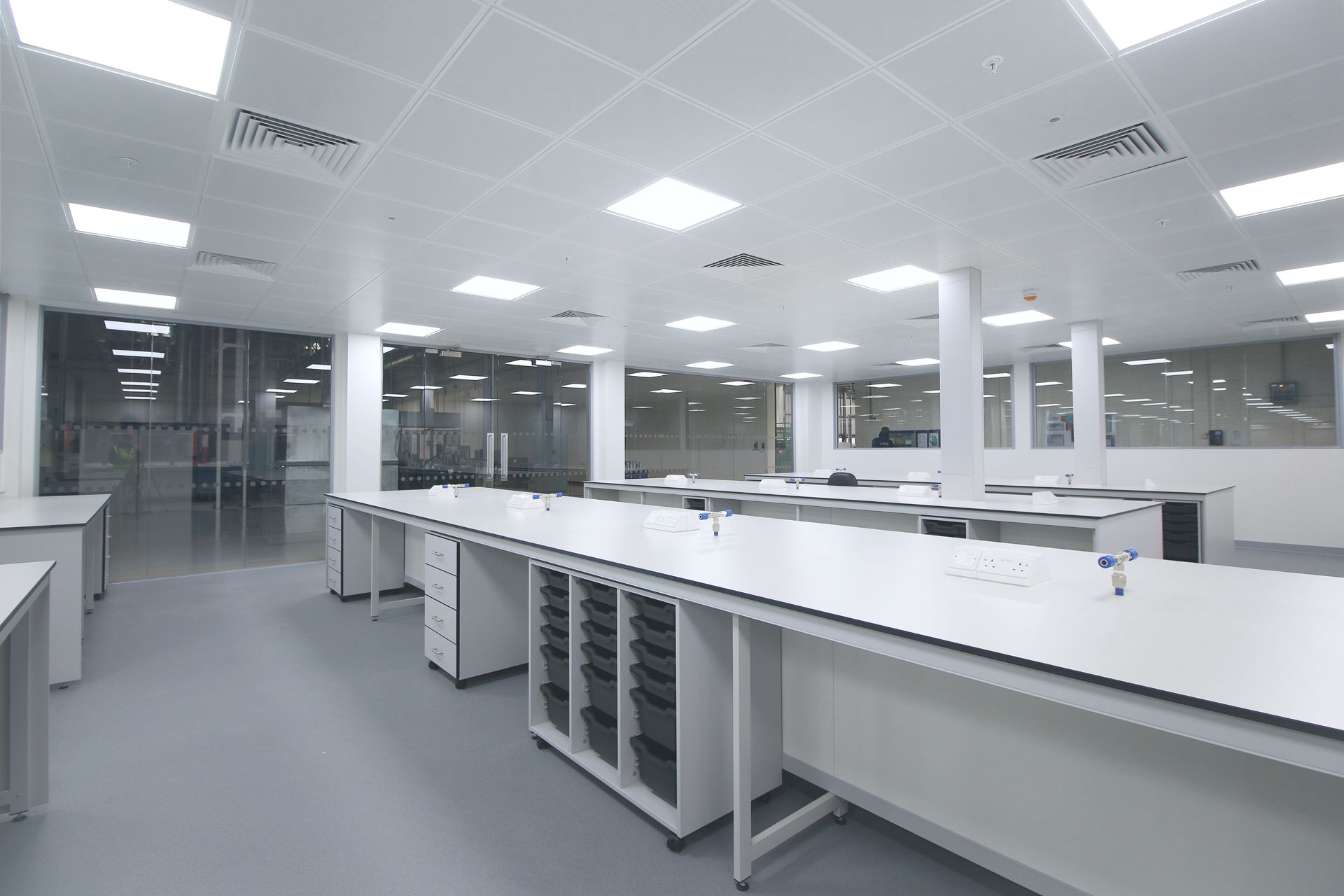Coronavirus – what comes next?
April 6, 2020
The outbreak of coronavirus, or COVID-19, has forced us to make extraordinary changes in the way we live and work.
In a very short timescale, many manufacturers have switched from their normal production to make respiratory ventilators, PPE, sanitising gel and a range of other essential items that are vital for frontline workers in the NHS and other key sectors.
This ability to adapt rapidly has positive implications for the future and should not be forgotten when the current crisis is over. It has shown how incredibly innovative companies can be and how workforces can be rapidly reskilled.
Furthermore, isolation procedures currently in place require people to remain at least two metres apart from anyone except members of their own household. This need for separation, and also the fact that many businesses have initiated or extended remote working from home for their staff, could well have several effects when normal working resumes.
A question of space
As commercial interior designers, it is our business to understand about the requirements relating to space in the workplace.
The HSE describes Regulation 10 of the Workplace, (Health Safety and Welfare) Regulations 1992 as requiring that: “The total volume of the room, when empty, divided by the number of people normally working in it should be at least 11 cubic metres. In making this calculation a room or part of a room which is more than 3.0m high should be counted as 3.0m high. The figure of 11 cubic metres per person is a minimum and may be insufficient if, for example, much of the room is taken up by furniture etc.”
This of course is no longer relevant during the current COVID-19 emergency and in any case we would also regard these as bare minimum dimensions. Cramped or cluttered conditions have negative effects on employee motivation, performance and wellbeing.
However, at the other end of the scale, separating people from one another, especially for extended periods, can be harmful to mental health. As a recent contributor to the US publication Science News observed about coronavirus isolation: “As increasingly stringent measures to keep people apart are put in place to slow the spread of the coronavirus, mental health experts are warning that losing everyday social connections comes with psychological costs. And those costs could go up the longer such measures drag on.”
Work practices in future
Once the UK has come out of the COVID-19 emergency, there will certainly be many challenges to be met. But in our experience UK businesses can be highly flexible and resilient, as they have demonstrated during this epidemic.
It is always hard to make predictions, but we could see the following developments take place when people go back to their normal place of work:
- If working from home has been successful, then companies and their employees may see advantages in retaining that as an option to use when appropriate.
- The enforced period of isolation is likely to lead to calls for increased collaborative working. The need to work as a team while in remote locations could have the positive effect in building trust in the capabilities of work colleagues. The ability to adapt to new circumstances and depend on one another can be invaluable for successful teamwork.
- The flexibility and innovative flair shown by UK businesses during the coronavirus emergency could well be carried on into the future. The ways that healthcare equipment has been produced by companies from outside the health sector may incentivise businesses to adapt and extend the products and services they offer.
It is uncertain when the current COVID-19 emergency will be over, or when isolation restrictions will be fully or partially lifted. But we have every confidence that UK businesses have the energy and abilities to meet the challenges ahead. In our role as commercial interior design and fit out specialists, Glenside will give its clients every support in doing so.
View more insights: Office Design I Industrial Property I Laboratories I Wellbeing & Productivity I Company Updates
Join Our Mailing List
All data is handled inline with our Privacy Policy and you may unsubscribe at any time.





